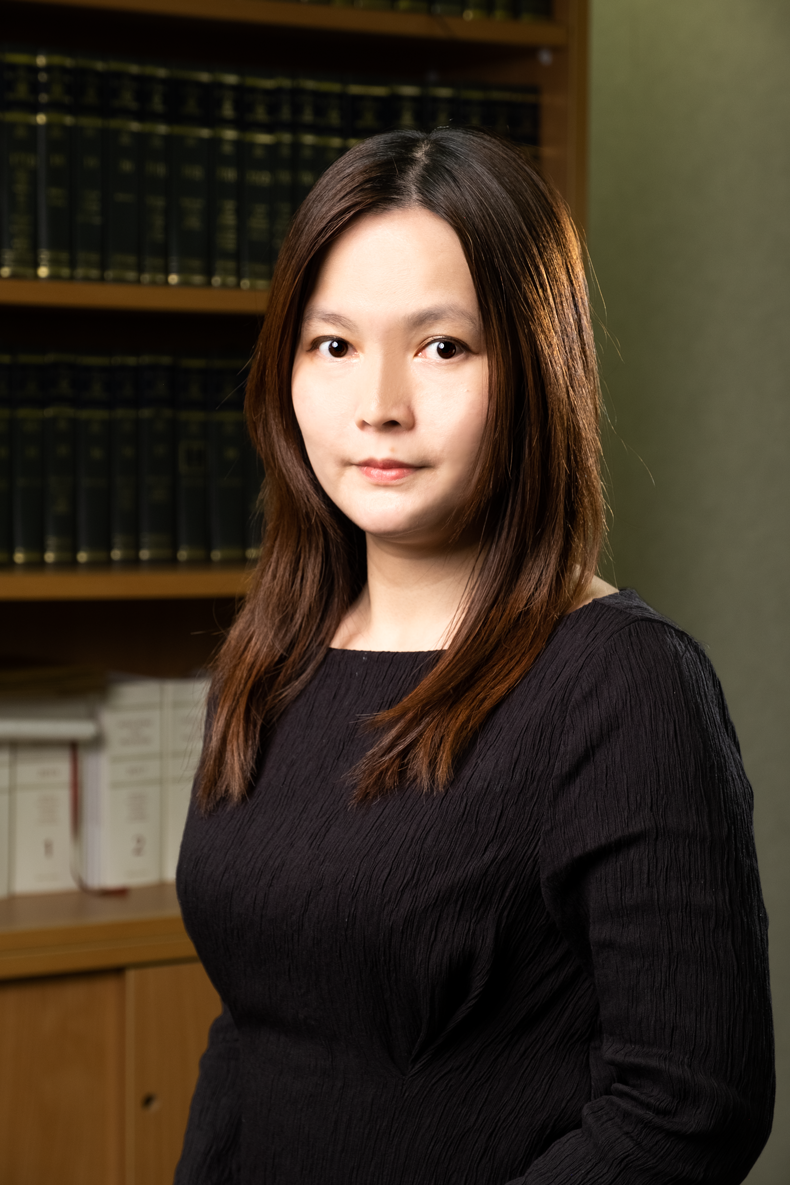AI and Copyright (Part 2): Balancing Innovation, Protection, and Economic Models
- Anna Lau

- May 28
- 4 min read
In part 1 of this series we introduced the debate about intellectual property in global creative industries. We ended the article on a question whether limiting the development of AI through stricter regulation stiffles innovation. In this part 2 of the series we look at this very question: as generative AI continues to evolve, the debate is no longer just about infringement. Policymakers and stakeholders are now asking a broader question: how can we ensure that copyright protection and technological progress reinforce, rather than conflict with, each other?
Author: Anna Lau, Partner and Ashley Zhu, Paralegal
Interactions between IP Protection and AI Innovation
Could Overly Strict IP Protection Stifle AI Innovation?
Arguments suggesting that overly strict intellectual property (IP) protection could hinder the growth of the AI industry have gained traction in global policy circles. The reason is obvious that training large models requires broad datasets, and obtaining permission for every copyrighted work would be prohibitively expensive and practically unfeasible, especially for smaller developers and researchers. Moreover, overly strict rules may entrench the dominance of large tech companies that can afford expensive licenses and hence stifle competition.
That said, it is still possible to develop AI technologies without infringing copyrighted materials. If a model is trained only on materials that are free of copyright or under the Creative Commons license (which is a public copyright license that enables free distribution of copyrighted work, provided that the user abides by the conditions that are specified in the license), the risk of copyright infringement can be minimized.
Would Generative AI Threaten the Creative Industries in the Long Term?
There are widespread concerns that generative AI could pose existential threats to the long-term viability of creative industries. A more optimistic view is that AI has the potential to enhance, rather than diminish, human creativity. Artistic creativity is a cyclical and evolving process. While there are valid concerns about infringement, it is also likely that generative AI introduces unexpected inspiration that can be built upon by human artists.
Although this may sound like a cliché, the conclusion is also supported from a legal standpoint. Ownership of AI-generated works often reverts to a human who made the essential creative decisions. In Hong Kong and the UK, the “author” of a computer-generated work is the person who made the arrangements necessary to create it. In the US, only works involving sufficient human creativity qualify for protection. The EU emphasizes human intellectual input as a condition for copyrightability.
Ultimately, AI is a tool, and people remain central to the authorship of copyrightable content. With clear attribution frameworks and ethical standards, AI could support, not replace, human creativity.
Ultimately, AI is a tool, and people remain central to the authorship of copyrightable content
New Economic Models for Coexistence
As discussed earlier, AI development and intellectual property protection are not inherently adversarial forces. In fact, given AI companies’ pressing demand for high-quality, human-generated content, many stakeholders are actively exploring new economic models for fair compensation. These models draw inspiration from rights management frameworks used during past technological disruptions, while also adapting to the digital and AI-specific challenges of the current era.
Many creators and legal scholars advocate for licensing models that allow AI companies to train their model on copyrighted datasets for a fee. Such arrangements resemble how streaming services pay royalties to copyrights-holders of musical pieces. For example, OpenAI has licensed parts of the Associated Press news archive. Several major publishers have also chosen to share their content for AI training in exchange for monetary compensation.
In the long run, AI and human creativity in fields like music and the arts can coexist—not in replacement, but in symbiosis
In the long run, AI and human creativity in fields like music and the arts can coexist—not in replacement, but in symbiosis. True coexistence means that we should continue to value the unique aspects of human expression. While AI can mimic style or structure, it lacks human experience, emotion, and cultural context. Encouraging collaboration means supporting hybrid creations and perhaps labelling works clearly as “human-authored” or “AI-assisted”.
In this regard, the US Copyright Office has already taken a notable step by requiring applicants to disclose the extent of AI involvement in copyright filings, signalling that a minimum threshold of human creativity remains essential. By defining clear boundaries between human and machine contributions, we can preserve the role of artists while embracing the possibilities offered by AI technologies.
Thoughtful Regulation and Fair Economic Models while Seeing AI as a Tool, not a Threat
The rise of generative AI has brought unprecedented opportunities and equally complex legal and ethical challenges. From questions of unauthorized use and fair dealing, to structural debates about authorization models and compensation schemes, the creative and legal communities are now navigating uncharted territory. But one thing is clear: human creativity remains at the centre of this conversation. Rather than framing AI as a threat, it is more productive to treat it as a tool—one that must be developed and deployed within frameworks that respect creators' rights and contributions. As legal systems begin to catch up with technological realities, thoughtful regulation, transparent attribution, and fair economic models will be essential to ensure that AI and human creativity not only coexist but evolve together.
Rather than framing AI as a threat, it is more productive to treat it as a tool
Disclaimer: This publication is general in nature and is not intended to constitute legal advice. You should seek professional advice before taking any action in relation to the matters dealt with in this publication.
For specific advice about your situation, please contact:

Partner
+852 2388 3899



Comments